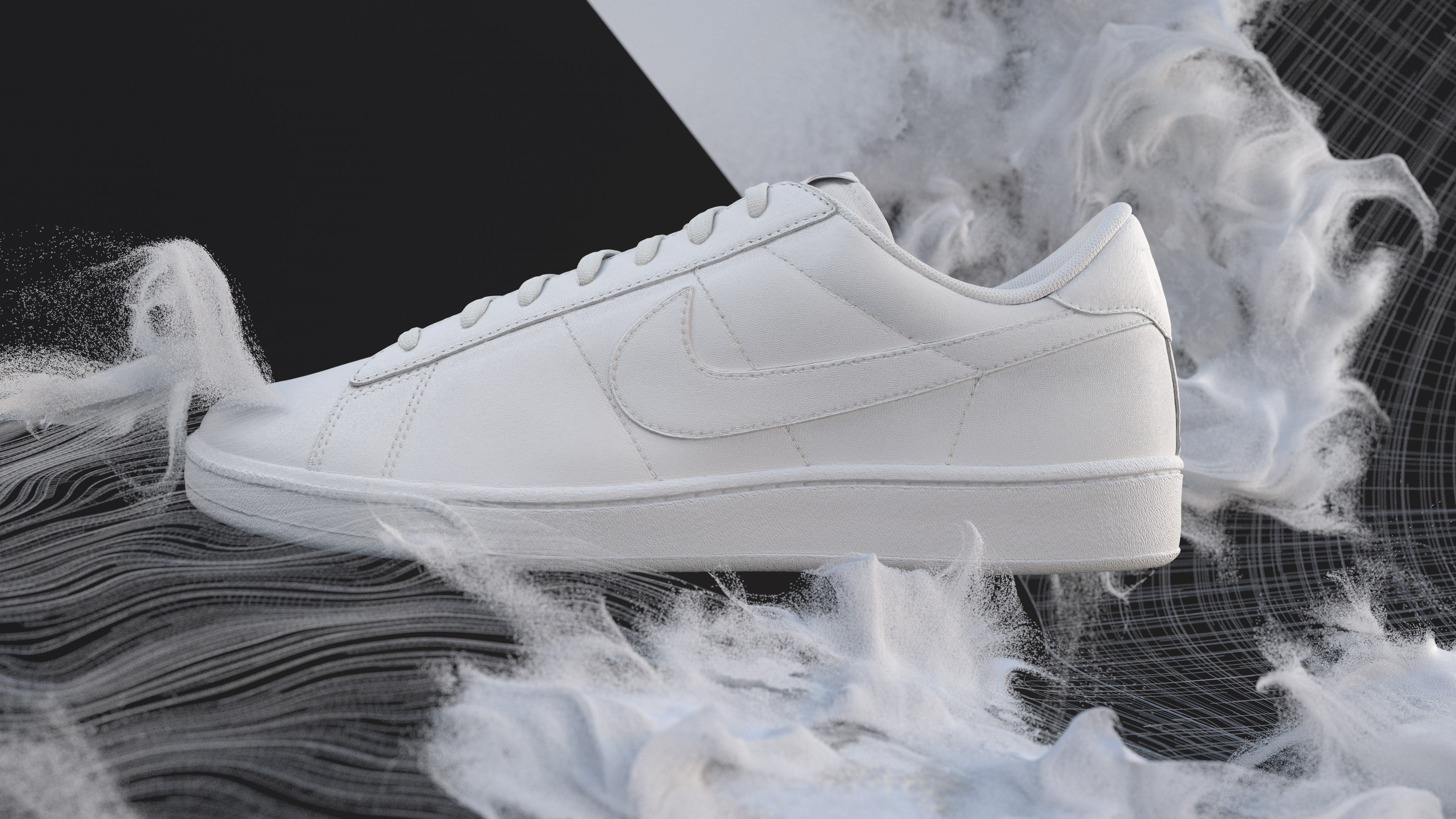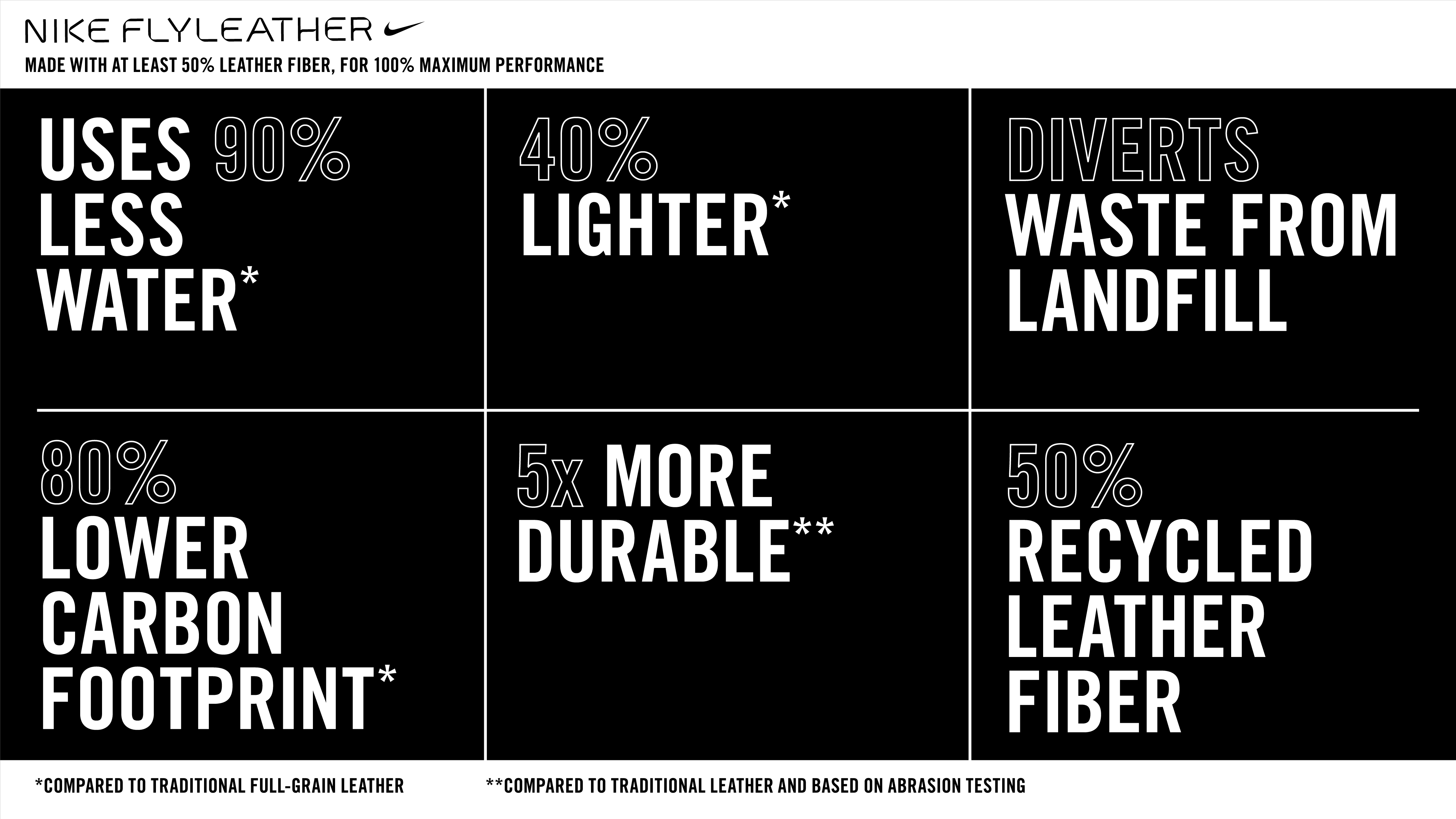
In 2012, Nike took the sneaker industry by storm with their Flyknit range, a new material designed to minimise manufacturing waste. Five years later and Nike is taking on an even bigger challenge – the second highest environmental impact on the company’s carbon emissions.
Flyleather is Nike’s solution to the huge amount of waste generated in leather tanneries, approximately 30-percent of a cow’s hide. When you consider that the global leather raw material market is worth $100bn, that is a lot of wasted material.
To combat this, Nike’s new Flyleather material is made with at least 50-percent recycled leather.
The previously unwanted scraps suddenly become the key ingredient for a new super-material, which is made by grinding the excess leather into an extremely fine dust and then combining this dust with synthetic fibres and water.
This new process has culminated in the company’s lowest carbon-footprint leather material made to date, using 90-percent less water than standard manufacturing.
And not only does Flyleather make use of waste that would otherwise be heading straight to landfill, but it also has significant performance benefits…

Flyleather is designed to look and feel the same as premium leather. In fact, Nike claims that it is both 40-percent lighter and five times stronger than traditional leather.
Get all the latest news, reviews, deals and buying guides on gorgeous tech, home and active products from the T3 experts
John Hoke, Nike’s Chief Design officer, suggests that Flyleather has the capacity to change the leather industry as we know it because “it allows for increased potential to extend our craft with more precision… based on the needs of specific sports.”
Will Nike’s Flyleather be as popular and practical as Flyknit? Using discarded leather is undoubtedly a positive action, but minimising waste is only part of a much wider ecological jigsaw.
Leather tanneries still generate a considerable amount of pollution and are particularly chemical-intensive in developing countries. Since Flyleather still facilitates this, it doesn’t necessarily tackle the root of the problem.

For now, though, Nike is taking a step in the right direction. Flyleather shoes generate roughly half the carbon footprint of those made from traditional leather and Nike aims for it to become mass-market like its Flyknit predecessor.
Perhaps it is possible to reduce a shoe’s footprint after all.
The Nike Flyleather Tennis Classic is available to purchase on nike.com and limited editions of the Air Force 1, Air Max 90, Cortez and Jordan 1 will be previewed soon. See Nike’s website for more details on how to win a pair of these special editions (US only).
Liked this?
- Check out T3's guide to the best tennis trainers